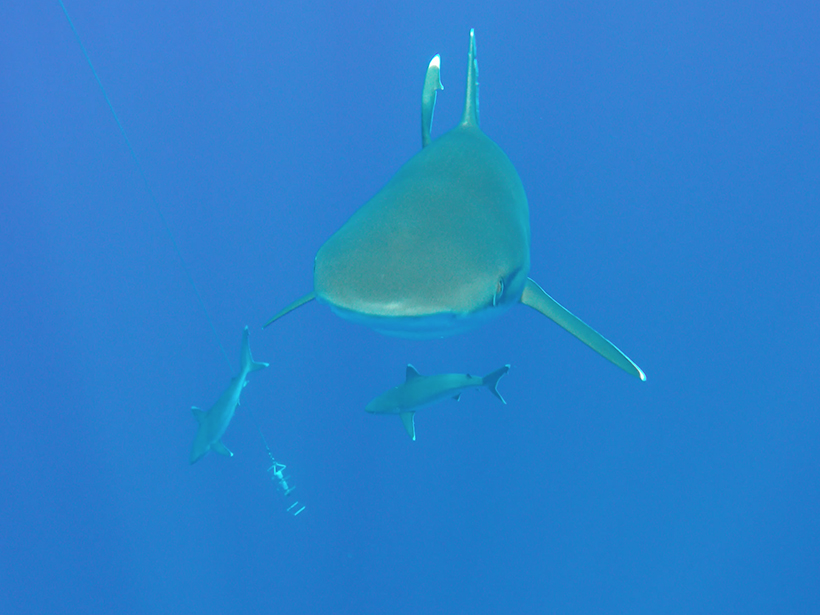At an Indian Ocean marine refuge, tides drive cold water laden with nutrients onto the tops of underwater mountains, where it sustains a long food chain that culminates in sharks, tuna, and seabirds.
food webs
Posted inScience Updates
What Does the Pacific Arctic's New Normal Mean for Marine Life?
Climate change has reconfigured Arctic ecosystems. A 5-year project focuses on the relationships among oceanographic conditions and the animals and other life-forms in this region.
Posted inNews
More Acidic Oceans Could Reduce Fertility for Algae Eaters
New research shows that increased levels of carbon dioxide in the oceans cause changes that alter key nutrients essential to the reproduction of animals low on the food web.
Posted inNews
Giant Balls of Bacteria Pile Up on Arctic Lake Beds, Ooze Toxin
Researchers have found cyanobacteria colonies as big as softballs thriving unexpectedly on shallow Greenland lake bottoms, exuding liver-damaging microcystin. Locals dubbed them "sea tomatoes."




